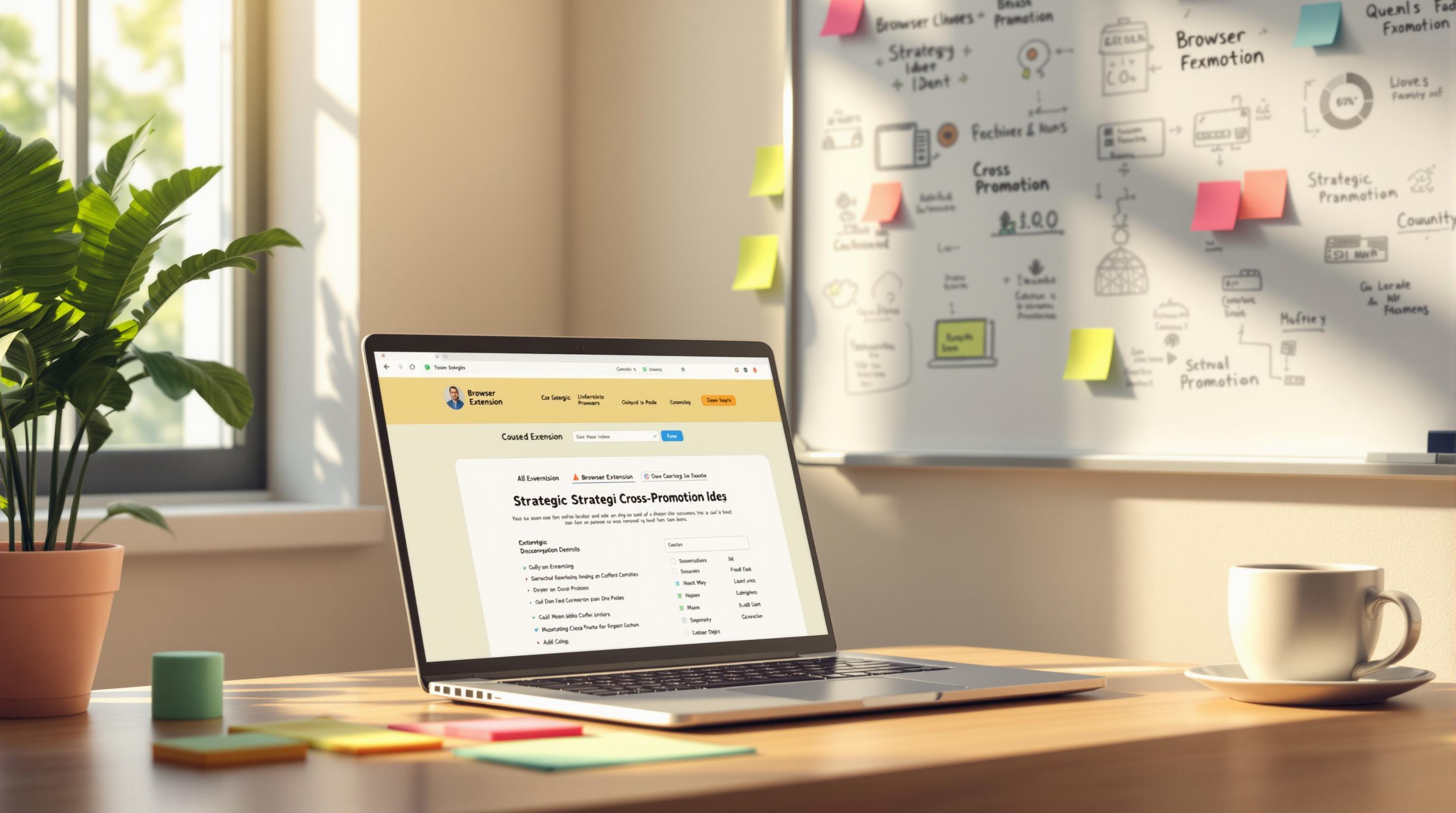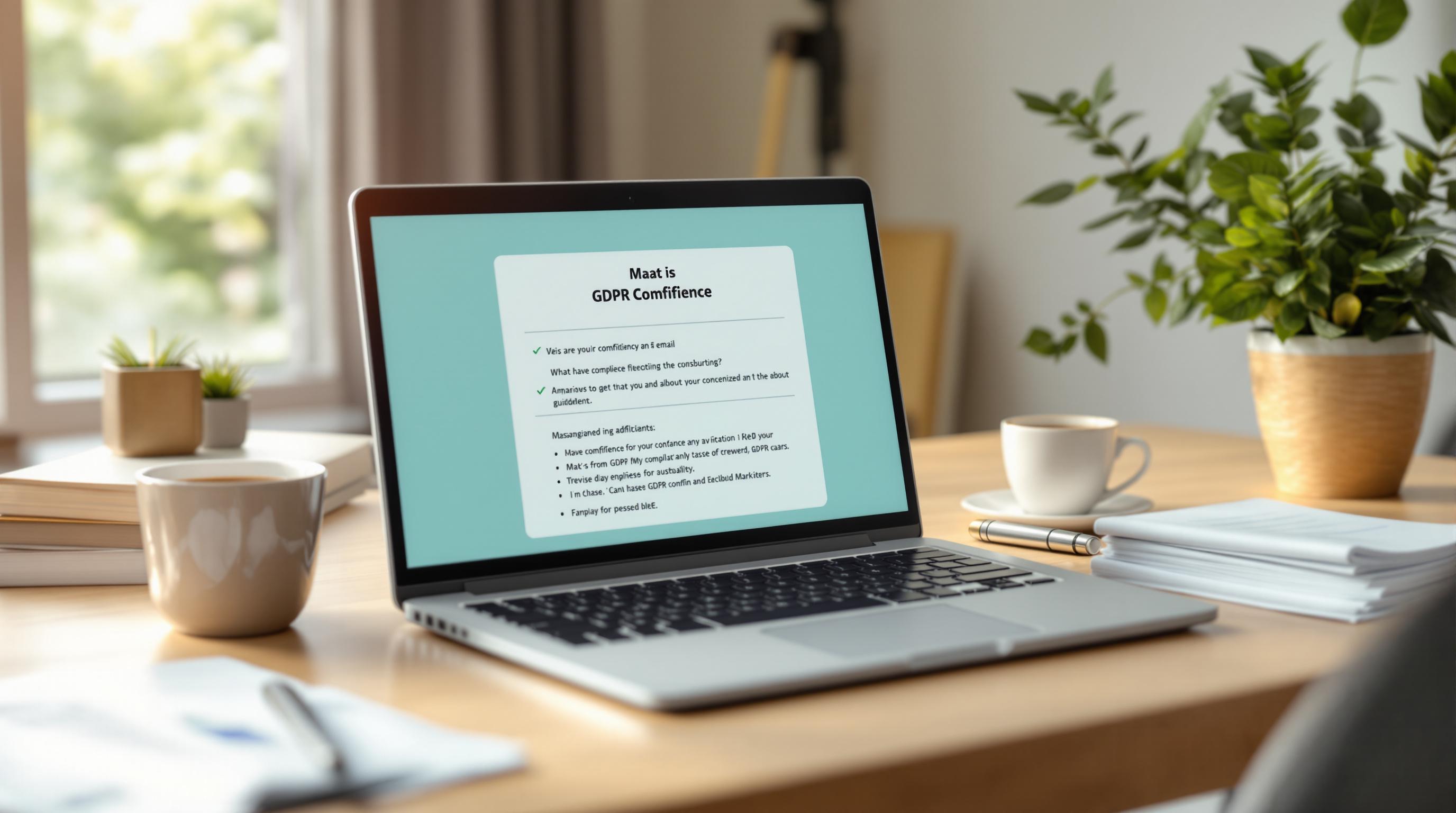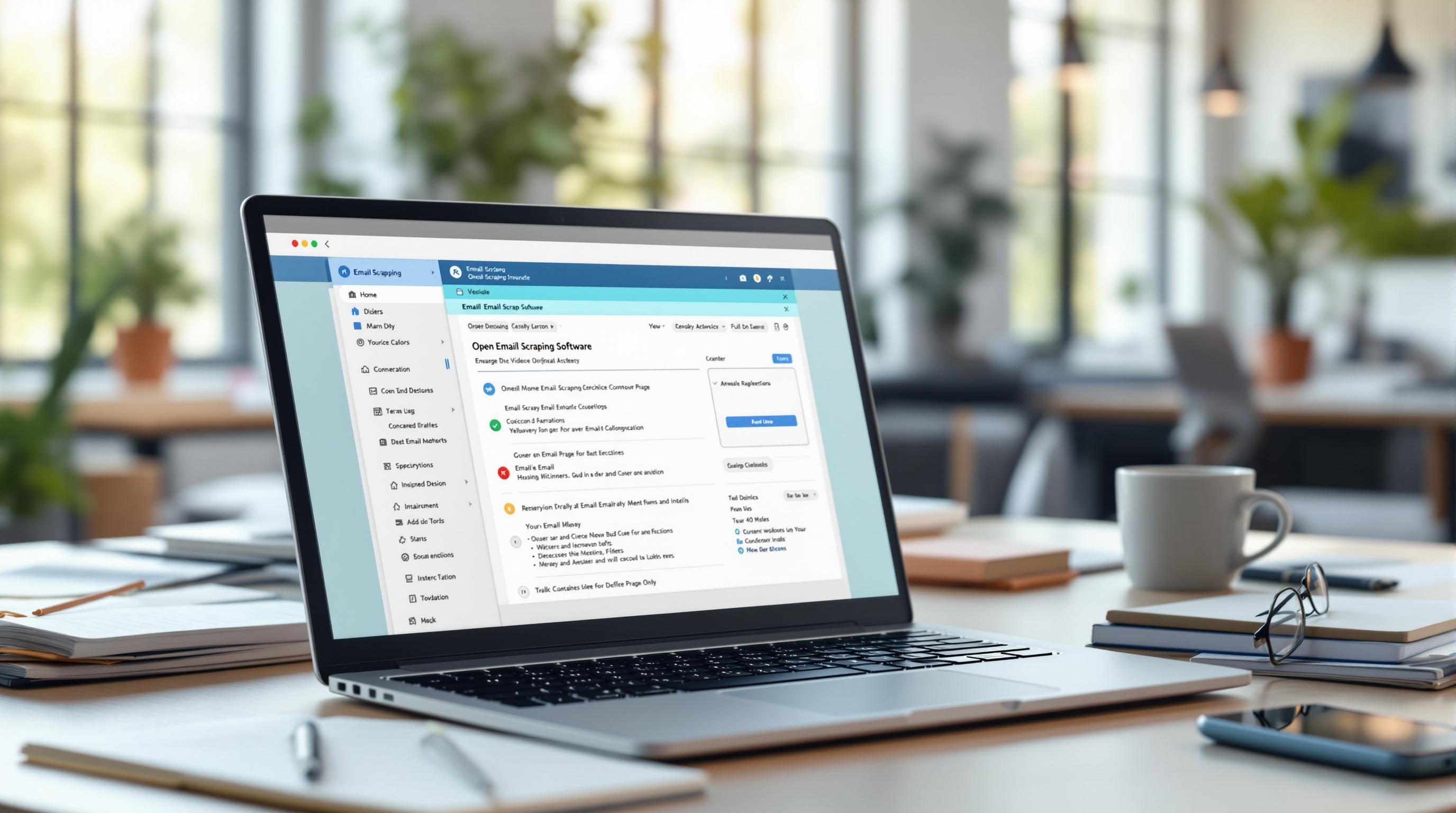A/B testing email send times helps you find the best time to send emails for higher engagement. By testing different time slots, you can improve open rates, click-through rates, and conversions. Here's a quick summary of how to get started:
- Set Clear Goals: Focus on one metric at a time (e.g., open rates or click-through rates).
- Segment Your Audience: Randomly divide your email list for unbiased results.
- Use the Right Tools: Platforms like MailChimp, SendinBlue, or ActiveCampaign make testing easier.
- Analyze Results: Look for trends in open rates, CTR, and conversions while ensuring statistical significance.
Pro Tip: AI tools like Seventh Sense and Klaviyo can automate testing and predict optimal send times based on audience behavior.
A/B testing is an ongoing process - keep refining your strategy to match changing audience habits. Ready to boost your email performance? Start testing today!
Steps to Set Up an A/B Test for Email Send Times
Follow these steps to run effective A/B tests for optimizing your email send times:
Set Goals and Metrics
Start by identifying clear objectives that align with your email marketing strategy. Define specific, measurable goals based on the key performance indicators (KPIs) that matter most to your business.
Examples of testing objectives:
- Engagement: Focus on open rates as the main metric and time spent reading as a secondary measure.
- Conversion: Prioritize click-through rates, with revenue per email as a supporting metric.
- Reach: Use delivery rates as the primary focus and bounce rates as a secondary consideration.
Stick to testing one main metric at a time. This approach ensures that the impact of send time is isolated, providing accurate and statistically valid results [2]. Once you've set your KPIs, narrow down your testing to specific time windows that are likely to resonate with your audience.
Select Test Variables and Segments
Choose variables that reflect the behaviors of your audience. These could include the time of day (morning, afternoon, evening), day of the week, time zones, or audience demographics.
To ensure unbiased results, randomly divide your email list into equal segments. Randomization helps eliminate potential biases and increases the reliability of your findings [2].
Choose Testing Tools
Pick a platform that supports your testing needs. Here are some popular tools:
- MailChimp: Offers automated split-testing and monitors statistical significance.
- SendinBlue: Provides advanced segmentation and detailed analytics.
- ActiveCampaign: Features AI-powered predictive scheduling [3].
Look for tools that include:
- Automated scheduling and audience segmentation
- Real-time tracking of performance
- Built-in statistical significance calculations
- Detailed reporting options [2]
These platforms integrate easily with your existing email lists, even those created through lead-generation tools.
Analyzing and Using A/B Test Results
Once your A/B test is set up, the next step is digging into the results to find actionable takeaways.
Metrics to Measure
Here are three key metrics to focus on when evaluating engagement and performance:
- Open Rates: Monitor open rates to understand both immediate engagement (within the first few hours) and delayed engagement (up to 48 hours).
- Click-Through Rates (CTR): CTR highlights when recipients are most likely to take action. For example, B2B audiences often engage during work hours, while B2C audiences may respond better in the evenings or on weekends [4].
- Conversion Rates: Measure how send times impact your specific goals, like sign-ups or purchases.
Once you've zeroed in on these metrics, it’s important to confirm that your results are statistically reliable.
Understanding Statistical Significance
To trust your findings, make sure your test groups are large enough - at least 1,000 subscribers per variation - and keep the test running for at least 48 hours to capture a variety of engagement behaviors [5].
- Confidence Level: Aim for a 95% confidence level. This ensures your results are unlikely to be random [5].
However, even with a strong methodology, certain missteps can throw off your results.
Common Mistakes to Avoid
- Short Testing Periods: Tests shorter than 48 hours can lead to misleading conclusions, as they won’t account for factors like time zones [5].
- Ignoring External Factors: Events like holidays or weekends can skew engagement, so factor these into your analysis [5].
- Relying on a Single Test: Always validate results by running multiple tests across different audience segments and time frames [2].
For a more streamlined approach, consider using AI-driven tools like Seventh Sense. These platforms analyze historical data to predict the best send times and automate testing, offering deeper insights into audience behavior [3].
sbb-itb-8abf799
Advanced Techniques for Send Time Optimization
Using AI to Predict Send Times
AI tools analyze past engagement metrics, device usage, and time zone information to pinpoint the best times to send emails, potentially increasing open rates by as much as 26% [1]. These tools evaluate patterns like when recipients typically open emails, the devices they use, and their time zones. This data-driven approach allows marketers to replace guesswork with precision when scheduling email deliveries.
Personalizing Send Times
AI insights can be further refined through personalization, tailoring delivery times to individual behaviors. For example, Klaviyo's Smart Send Time adapts delivery schedules based on audience size, minimizing the need for extensive test campaigns for larger lists. Sephora successfully used personalized send times to drive noticeable improvements in click-through rates and email revenue [4].
Continuous Testing and Improvement
A/B testing is a great starting point, but ongoing testing ensures your timing strategies stay aligned with evolving audience habits. Personalized email campaigns have been shown to generate six times higher transaction rates compared to generic timing approaches [2]. Keep an eye on engagement trends, account for seasonal shifts, and validate your findings with targeted tests to keep your timing on point.
"Creating highly personalized emails is a key strategy for email marketing success, and AI can help with it." - Campaign Monitor
To get the most accurate results, avoid running tests during major holidays or key brand events, as these can distort your data. Focus on collecting insights during regular business periods to establish dependable benchmarks [4].
Conclusion: Key Points for Email Send Time Optimization
Best Practices Summary
Testing the timing of your email sends can make a big difference in how your audience engages with your campaigns. A/B testing is a reliable way to figure out what works best. Focus your tests during normal business periods and steer clear of major holidays, as these can distort your results [4].
When running A/B tests, it's important to stay organized. Test one variable at a time to avoid confusion and ensure your findings are clear. Testing too many factors at once or drawing conclusions from limited data can lead to mistakes [2]. With this focused approach, you can set the stage for better performance over time.
Final Thoughts on Campaign Performance
The insights you gain from A/B testing should guide you in fine-tuning your strategy. Email marketing tools today make it easier to pinpoint the best times to send, but audience behavior and industry-specific trends still play a big role [4].
To keep your campaigns performing well:
- Adjust your send times to align with seasonal changes and back this up with regular testing.
- Leverage email marketing platforms that offer A/B testing features [4].
FAQs
When A/B testing email subject lines, what metric would we normally judge success by?
The open rate is the key metric to evaluate when A/B testing email subject lines [2]. It shows how well your subject line grabs attention and motivates recipients to open your email.
Here’s how metrics align with different email elements:
- Subject Line: Open Rate
- Call-to-Action (CTA): Click-Through Rate
- Send Time: Open Rate and Click-Through Rate
"Statistical significance ensures A/B test results are reliable and not random, making it essential for send time testing" [2][5].
Modern email marketing tools often include features like AI predictions and historical data analysis to fine-tune send times. These tools use engagement patterns to identify the best times to send emails, boosting campaign outcomes.
While subject line testing zeroes in on open rates, send time testing digs into overall engagement. Using both strategies together offers a well-rounded approach to improving email marketing performance.



